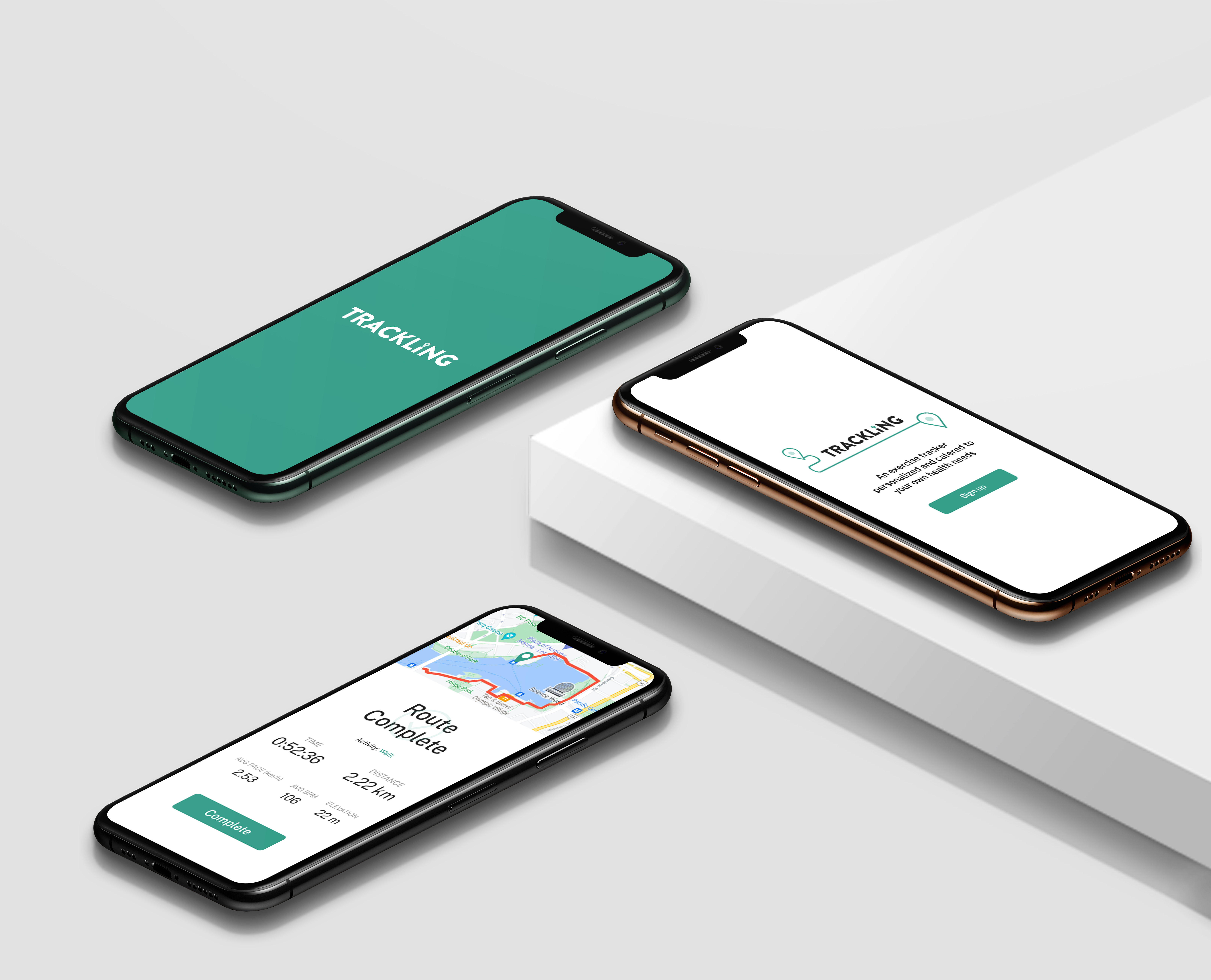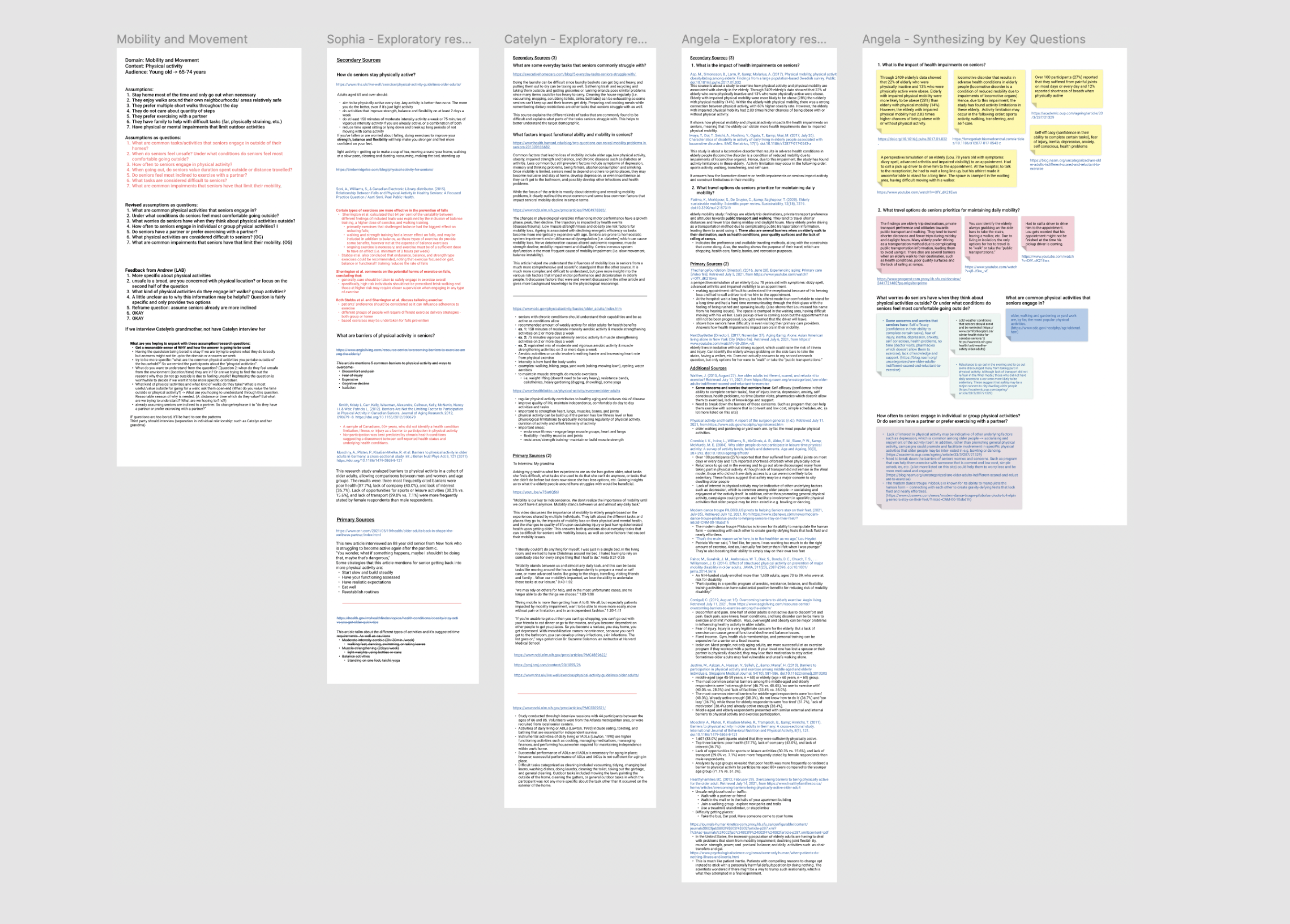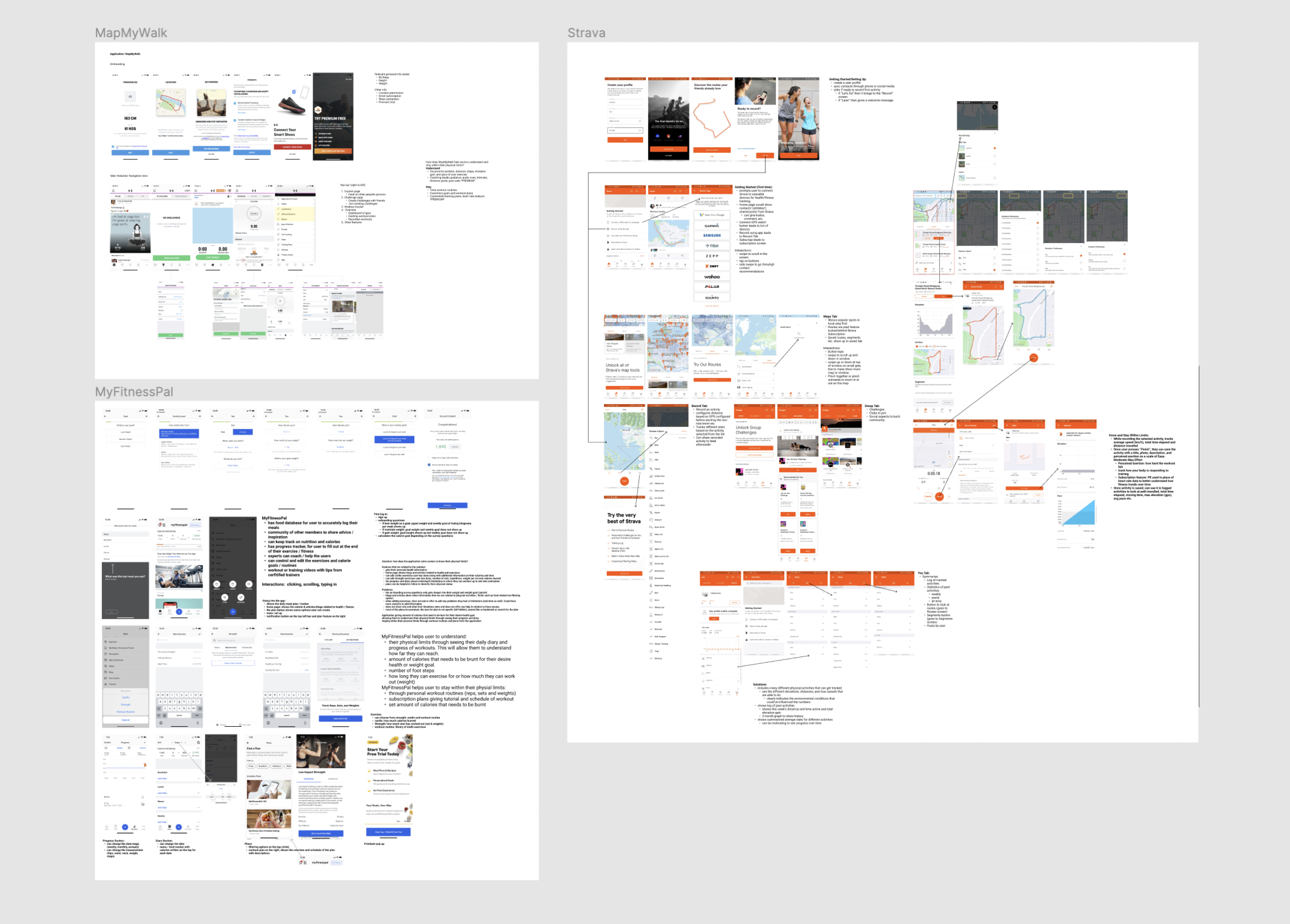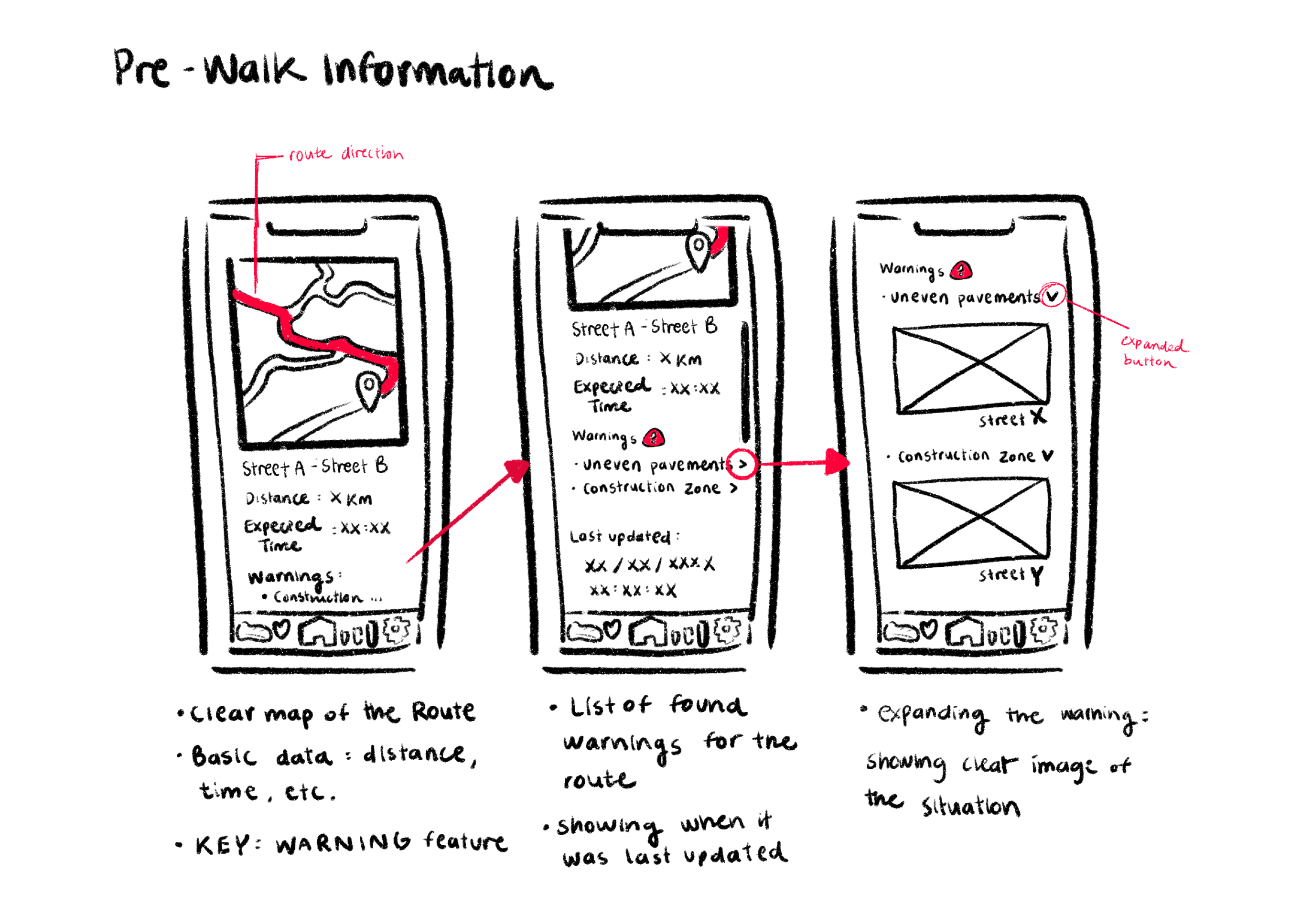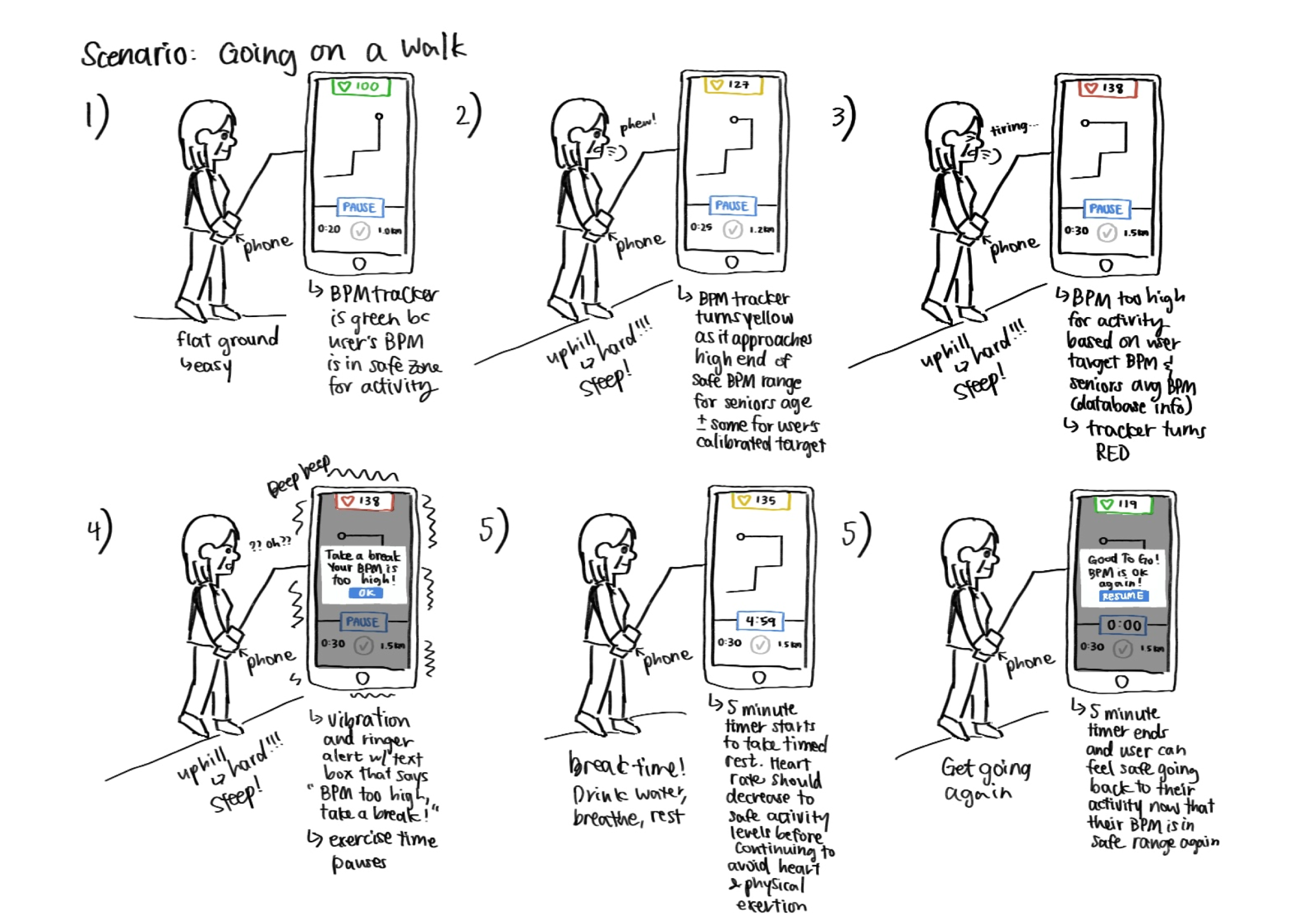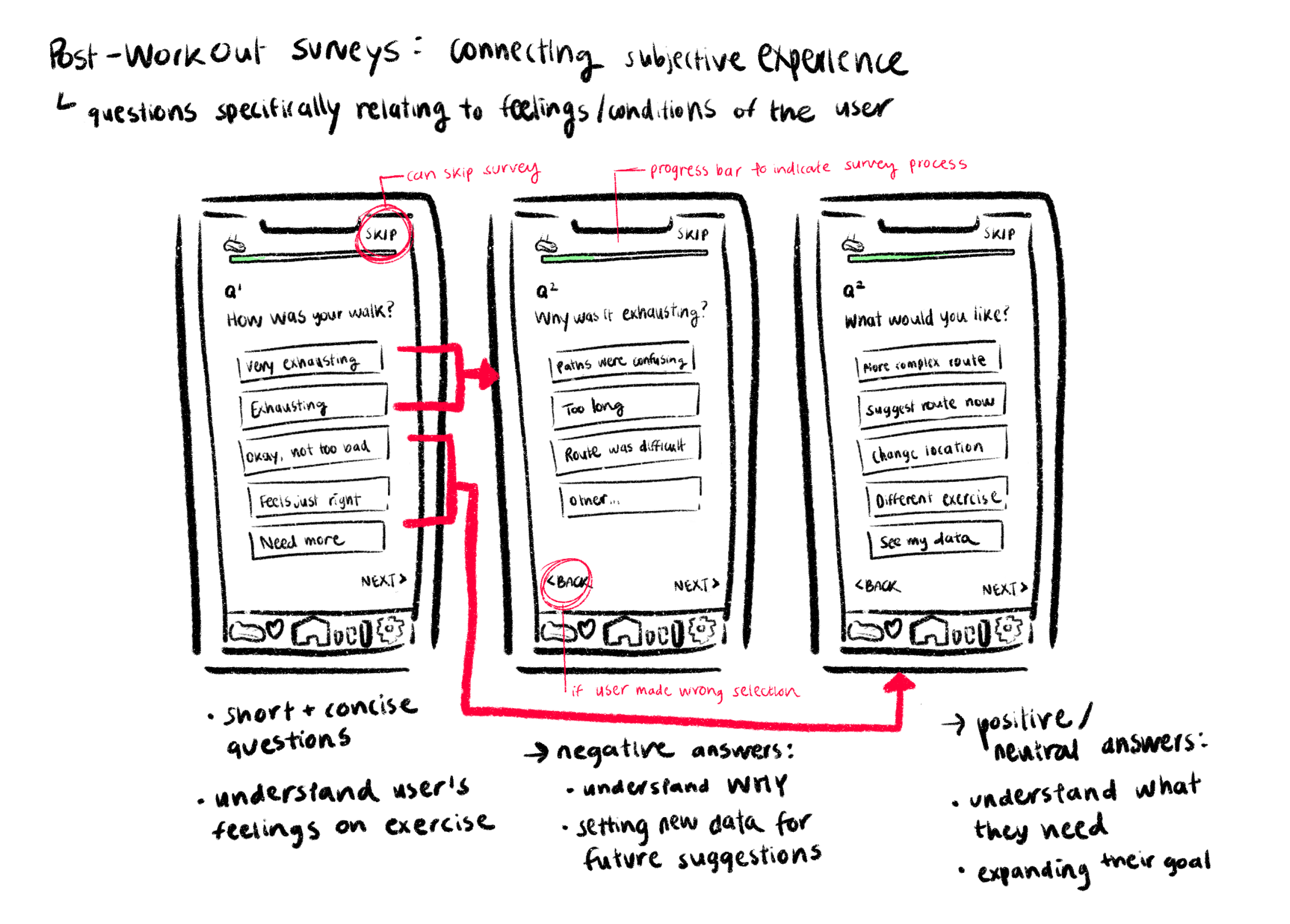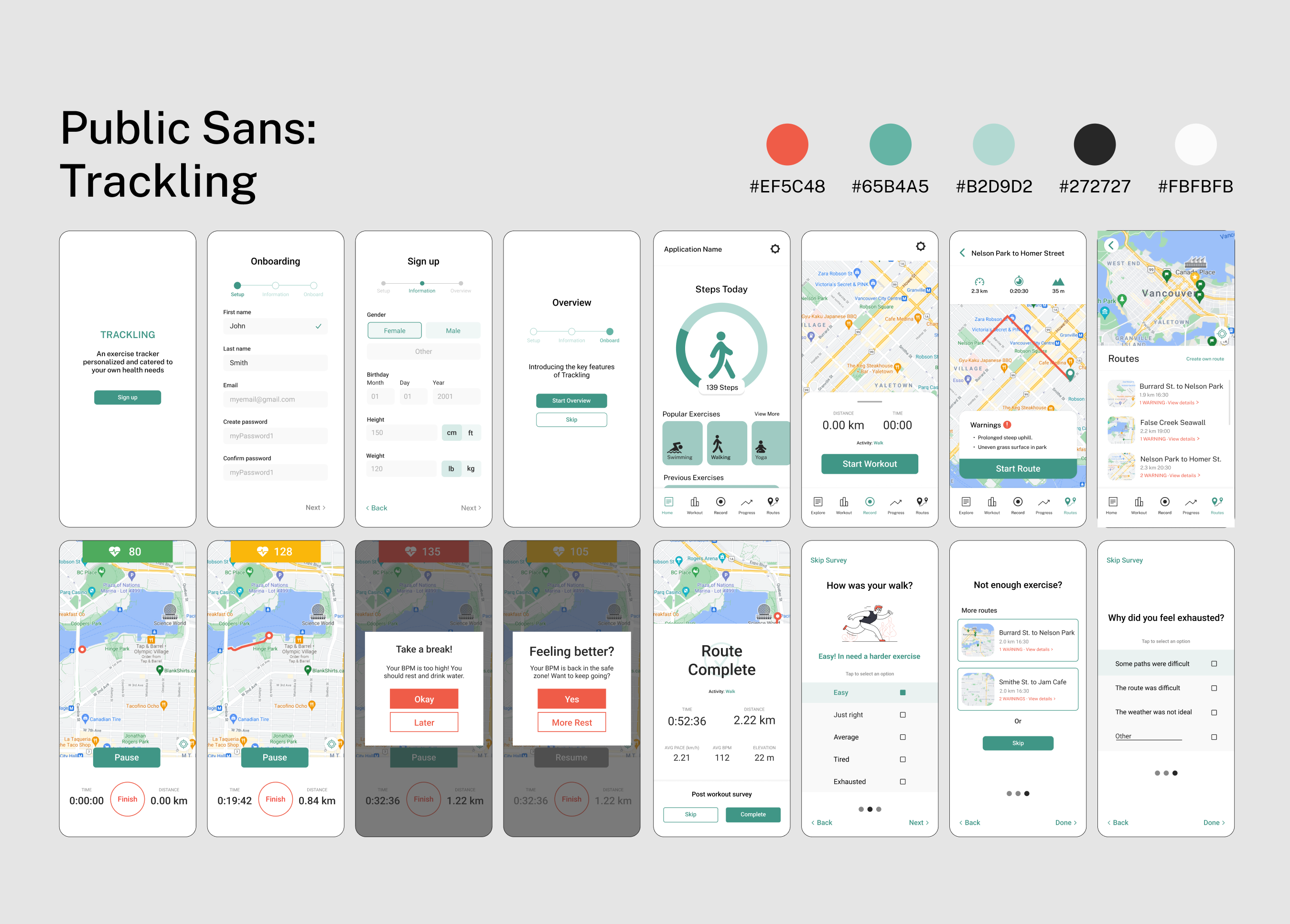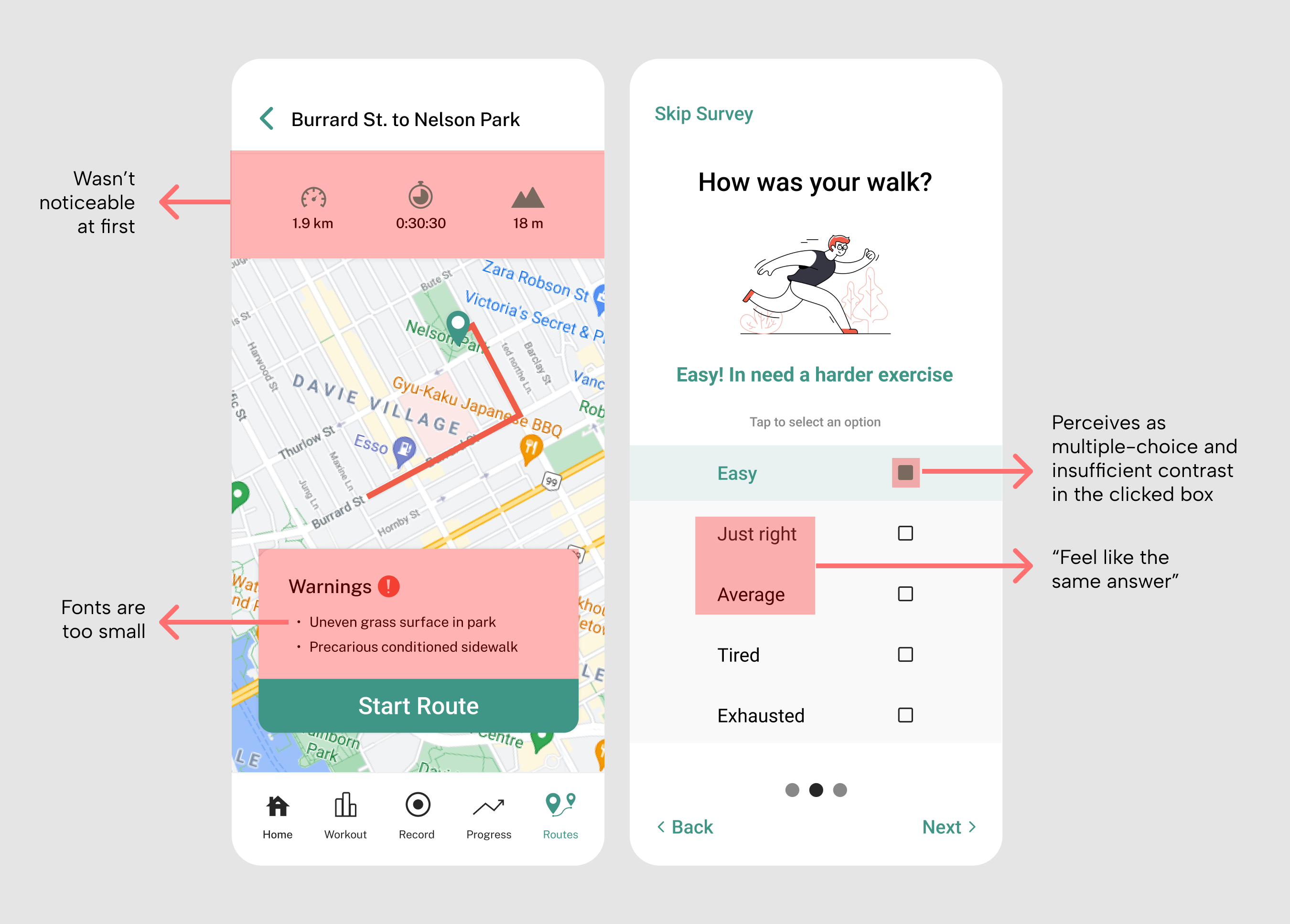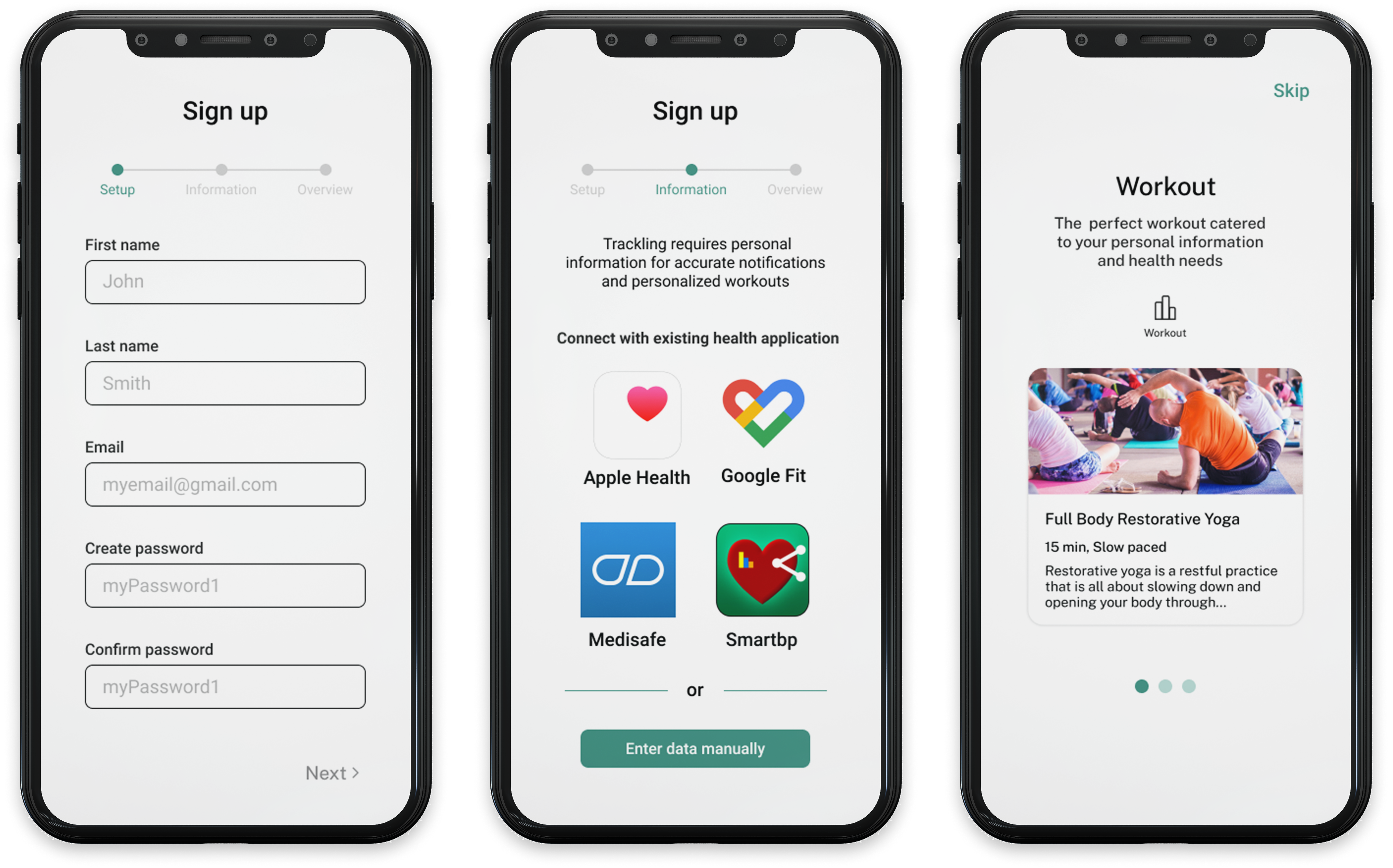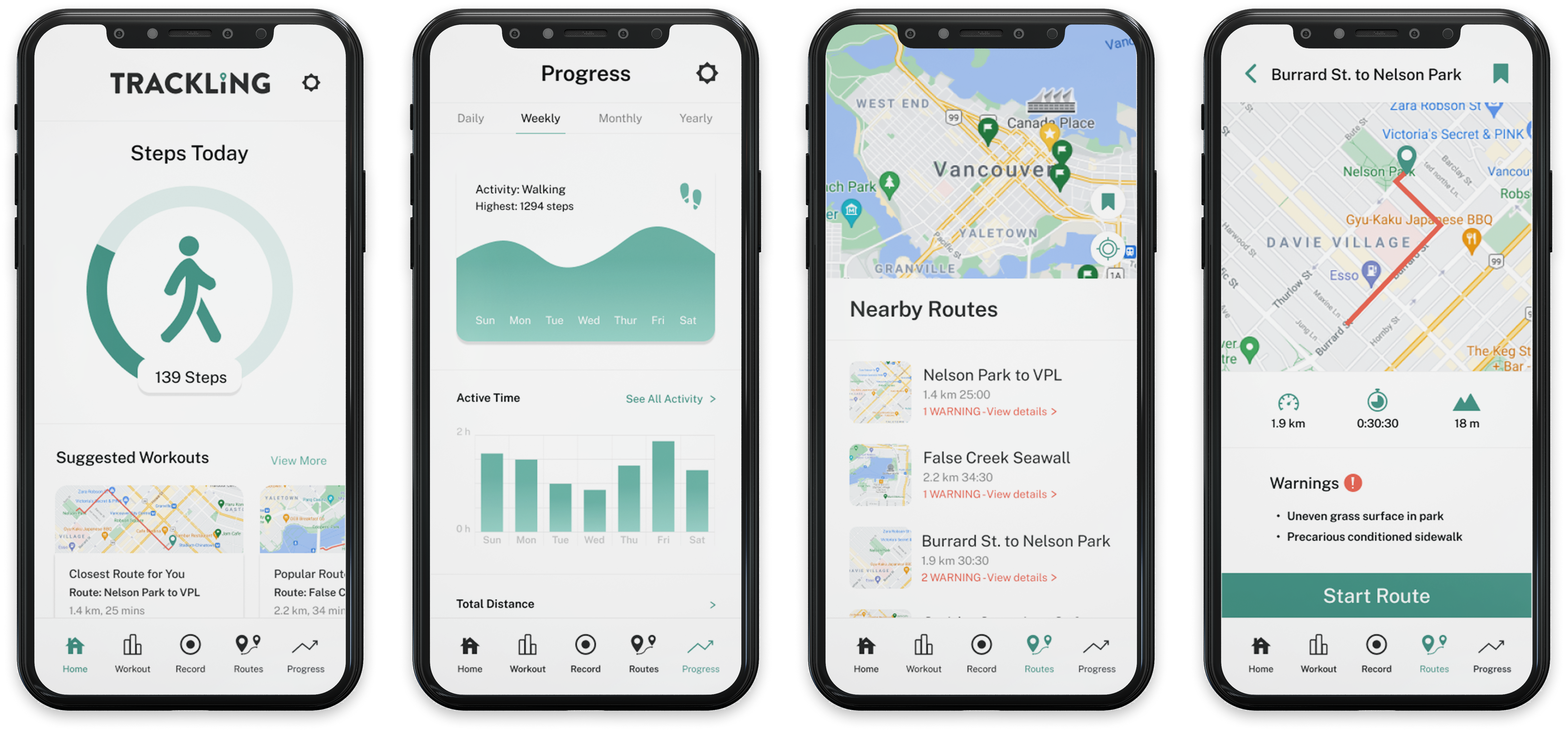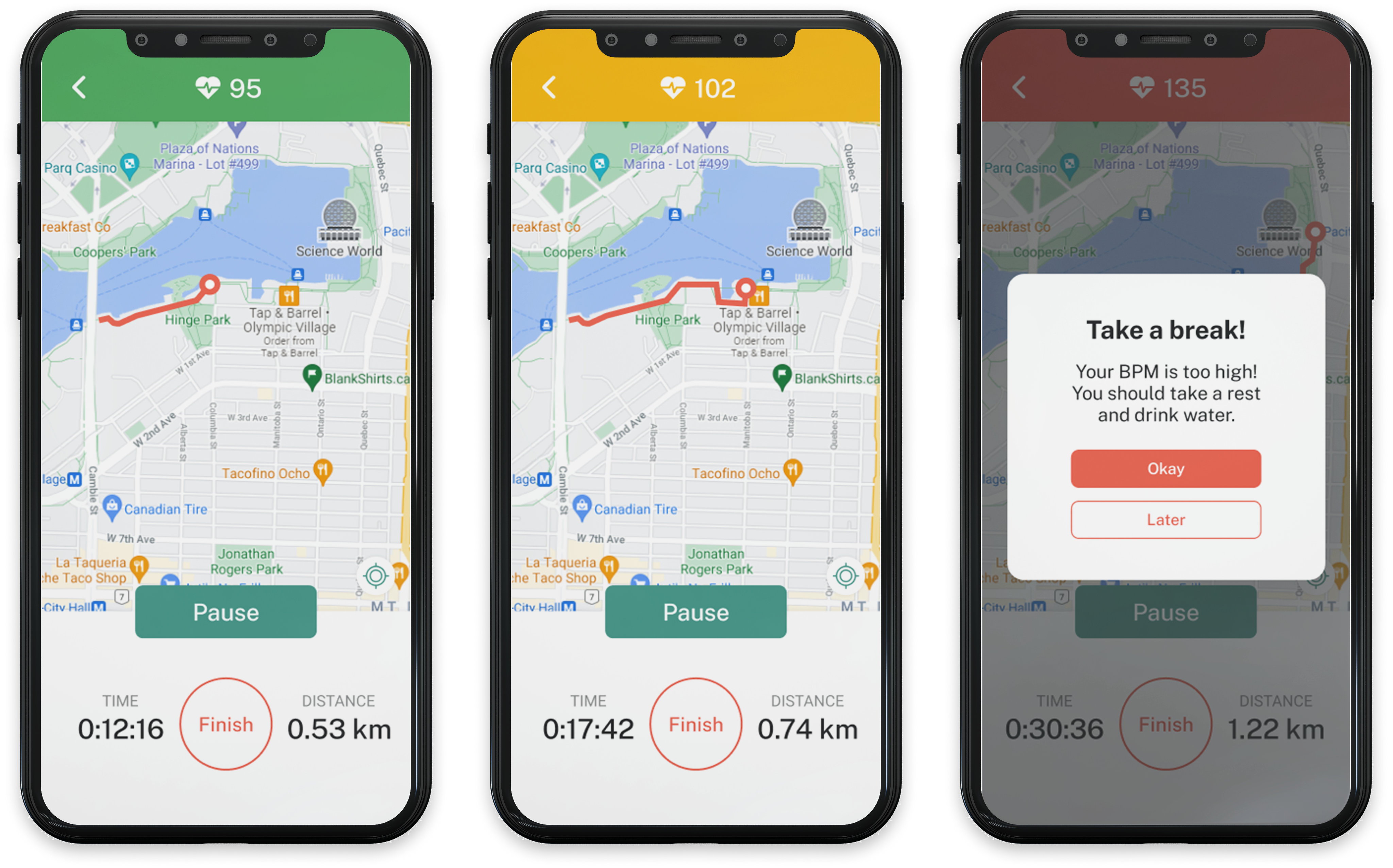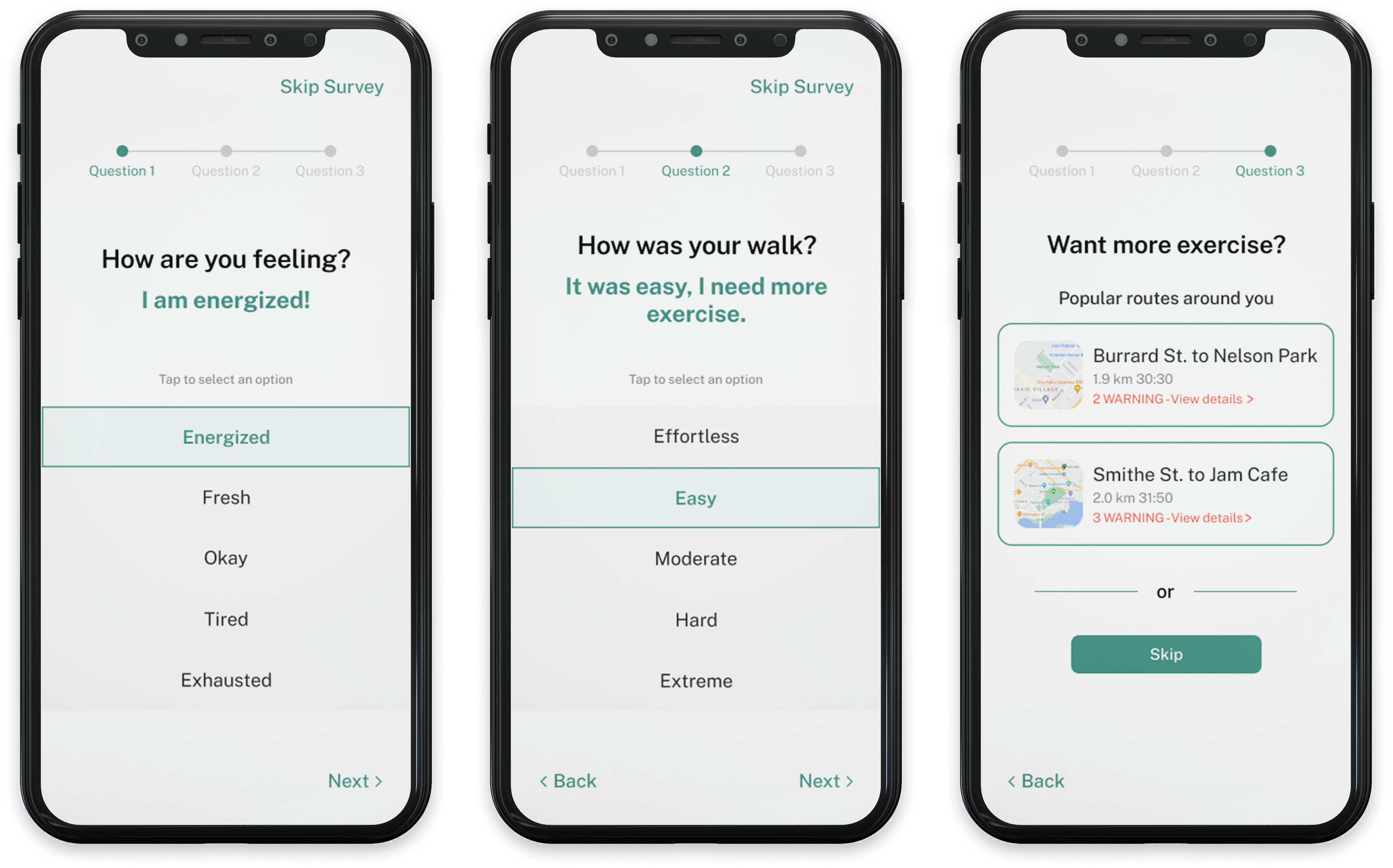Context
Identifying a new opportunity for a domain
As the COVID-19 pandemic compels individuals to stay indoors, our team recognized mobility and movmement as a crucial domain within the context of physical activity for seniors aged 64 and 74. This recognition prompted us to delve further into formulating exploratory research questions based on initial assumptions to propel our study forward, as listed below, with those in bold and italic representing my area of research.
- How do seniors stay physically active?
- What are barriers of physical activity in seniors?
- What are some everyday tasks that seniors commonly struggle with?
- What factors impact functional ability and mobility in seniors?
- What is the impact of health impairments on seniors?
- What travel options do seniors prioritize for maintaining daily mobility?
